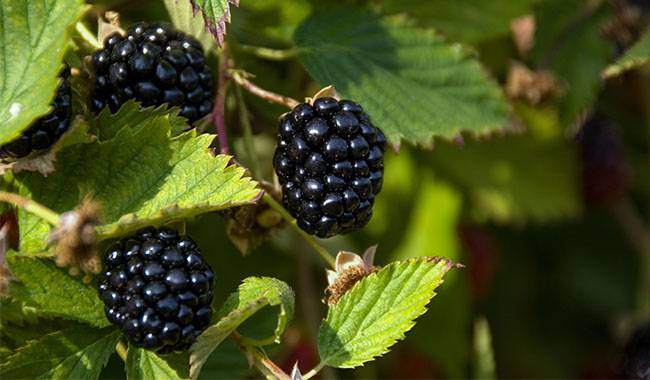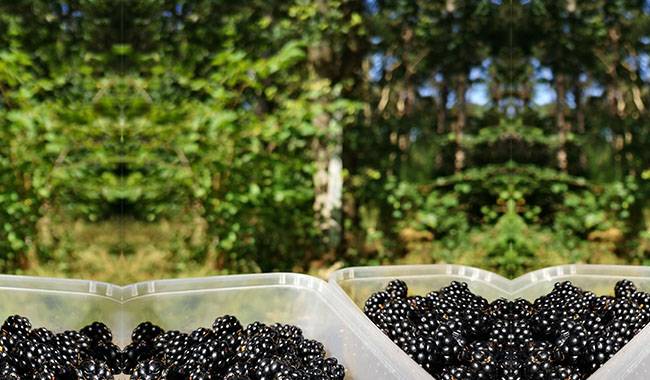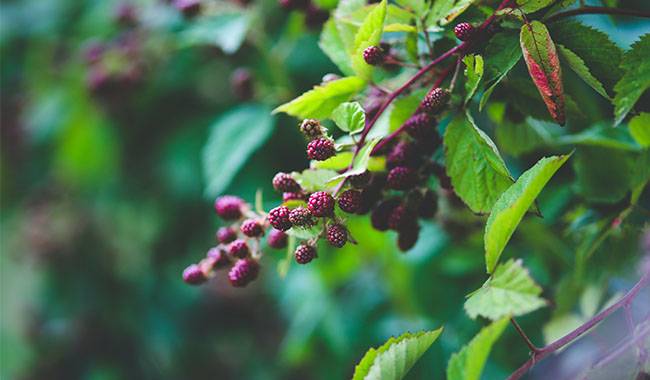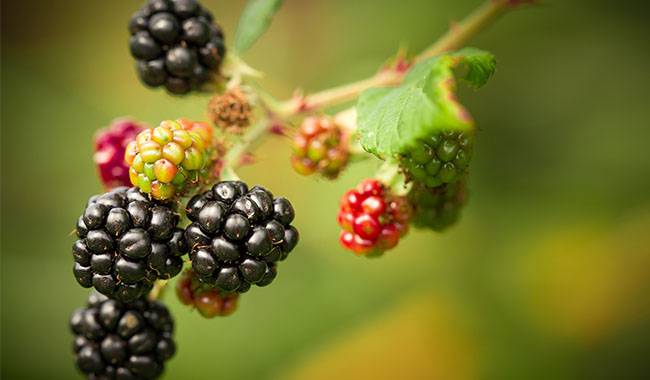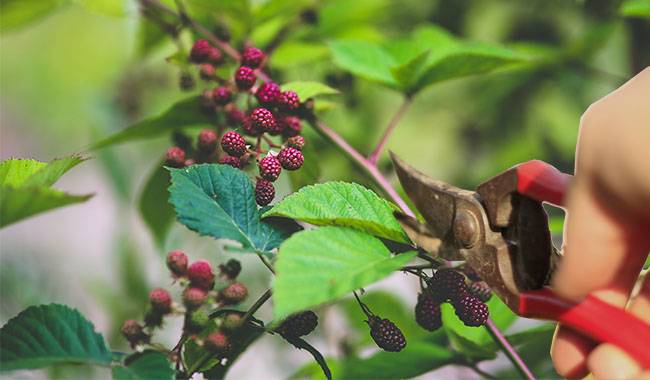
Why should I prune blackberry bushes?
Raspberry plants spread by suckers. This means that raspberries like to grow big and if you let them spread out, they will spread all over.
But large unrestored raspberry bushes do not produce more berries and can cause problems or even early death from raspberry bushes.
Pruning raspberry plants is more than just controlling the plant. Raspberries may be susceptible to disease, and pruning can inhibit the spread of disease throughout the patch.
To ensure that light and air can get inside your plants and to promote pruning, keep your raspberry plants contained in one row.
Keep the base of the bush within a 12- to 18-inch footprint by pruning any suckers that are outside the 12- to 18-inch footprint. Don’t worry, the bush will be bigger.
WHAT KIND OF RASPBERRIES ARE YOU PRUNING?
There are two bearing categories for raspberry plants.
Summer Bearing (floricane) raspberries will provide 1 large harvest, usually in late summer or early fall.
Summer raspberries bear fruit on canes that were germinated 2 years ago, which is the previous season.
Summer raspberries can be further classified as early season, midseason, and late season. The harvesting period is about 4 to 5 weeks.
Everbearing (primocane) raspberries are not really vigorous, but they are generally harvested 2 times per season; one in late summer at noon and the other in the fall.
Their fall crop may be a bit lighter and will grow on 1-year-old vine stems during the season.
Many fall raspberry bears are this late in the fall, so they are not practical for gardeners in short-season climates.
HOW AND WHEN TO PRUNE RASPBERRIES
A word of warning: wear thick gloves because raspberries have serious thorns and always use clean sharp tools.
LATE WINTER AND EARLY SPRING (PRE-BUD REST)
Prune all canes that bore fruit last year; they will not bear fruit again. These will have gray, flaking bark.
Remove all canes growing outside the 12- to 18-inch designated row footprint.
Remove any long, thin, or short canes.
Thin out so that there are about 4 or 5 healthy, tallest, fattest canes left per foot along the length.
Tie the remaining canes to your fence. To allow your raspberries to produce only one crop in the fall, prune throughout the raspberry bush in early spring.
As the canes grow in the summer, remove the outside suckers and thin the canes to about 6 inches apart. Keep the strongest canes available.
This technique will give you a larger fall crop, which is great if you still have summer raspberry bushes and want to stagger your harvest.
SUMMER
Prune dead, broken, or diseased canes. Prune any canes that are poking outside of their designated row area.
Of course, you can prune broken, dead, diseased, or infested canes at any time of the year. The earlier the better.
AUTUMN
Cut back all fruit-bearing branches shortly after harvest. (It is recommended to dispose of all clippings, either by burning or dumping; dead vines can spread disease.)
EARLY SPRING
About 5 to 7 thin canes per plant. Prune lateral branches to about 12 inches or 12 buds on the remaining canes.
Tie the pruned canes to the fencing. As with raspberry plants, you can prune broken, dead, diseased, or infected canes at any time of the year, the sooner the better.
The pruning of blackberry trees is divided into four stages: growing, flowering, fruiting and dormant. In the spring pruning, the top buds of the plant need to be cut, in the flowering stage, the fading buds need to be cut, in the fruiting stage, the poor growth of the plant needs to be cut, and in the dormant stage, the dense growth of the plant needs to be cut.
- Spring pruning
In the spring, blackberries grow faster and can be pruned properly. First of all, you need to choose the right time to prune the plant, usually after a rainy day, to cut off the shoots and young leaves growing out of the top of the plant to inhibit the growth of the main stem and encourage the plant to grow more lateral branches for flowering and fruiting. - Flowering pruning
During the flowering stage of the blackberry tree, you can also prune the plant properly. First of all, you need to choose sharp scissors, and then use them to cut off the branches and leaves that have suffered from pests and diseases, as well as the faded buds of the plant, to help the plant save nutrients, so that it can produce more flowers and fruits. - Fruit pruning
Pruning can also be done during the fruiting period because blackberry trees consume a lot of nutrients when fruiting, so pruning blackberry trees can help save nutrients for better growth. When pruning, you need to cut off the overgrown or overgrown branches and leaves to let the plant grow healthily. - Dormant pruning
Blackberry trees will enter the dormant period in winter when the plant also needs to be pruned to help the plant pass the winter. When pruning, you need to cut off the poor growth of the plant to improve the growth rate of the plant, and also need to cut off the overgrown branches to improve the ventilation between the plants.
Pruning raspberries takes a little more thought, but it’s still worth the effort.




